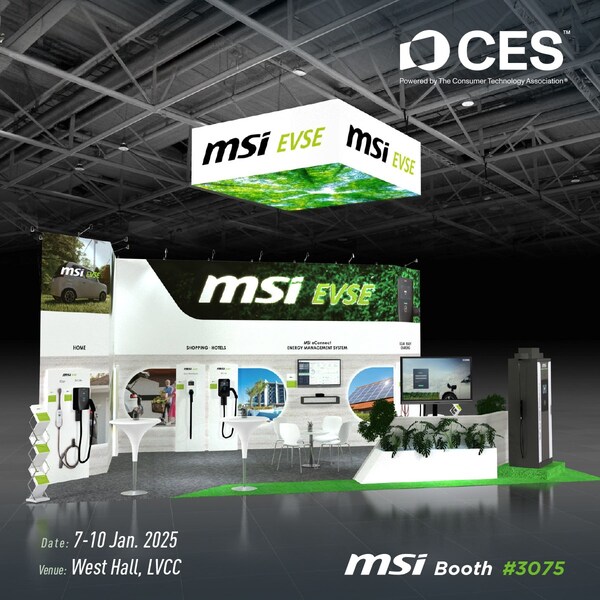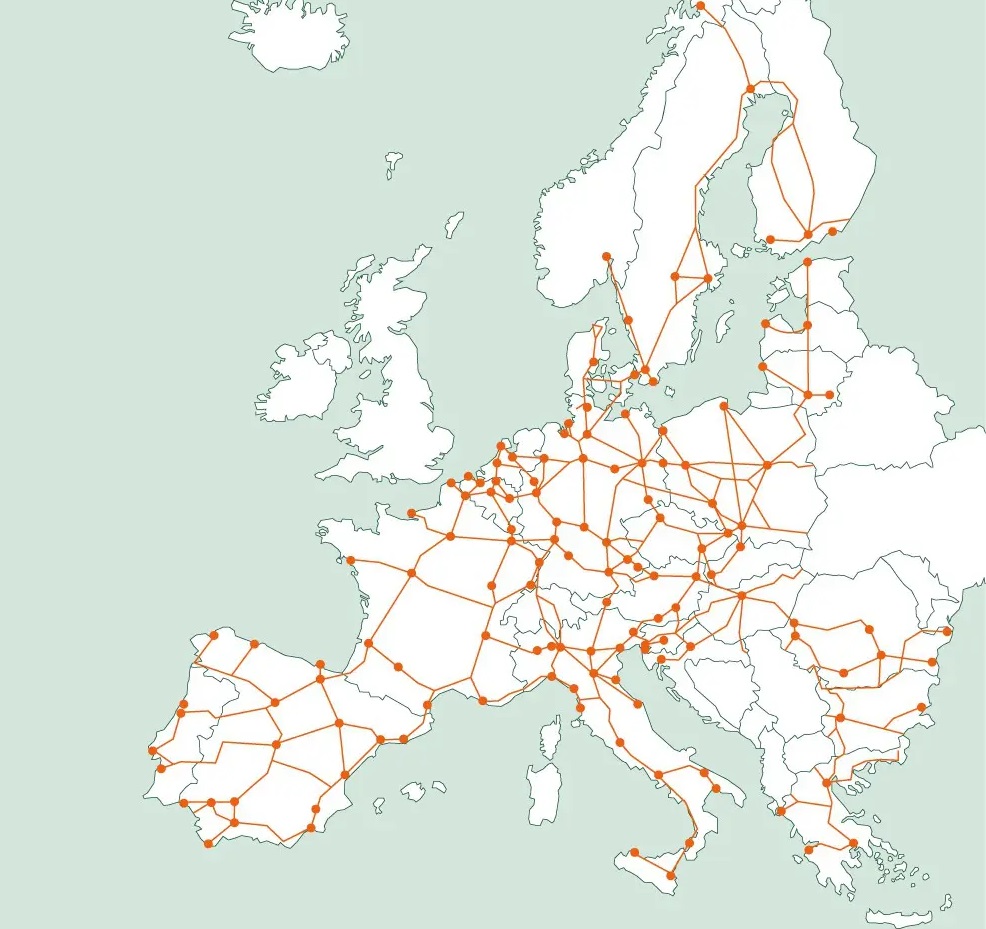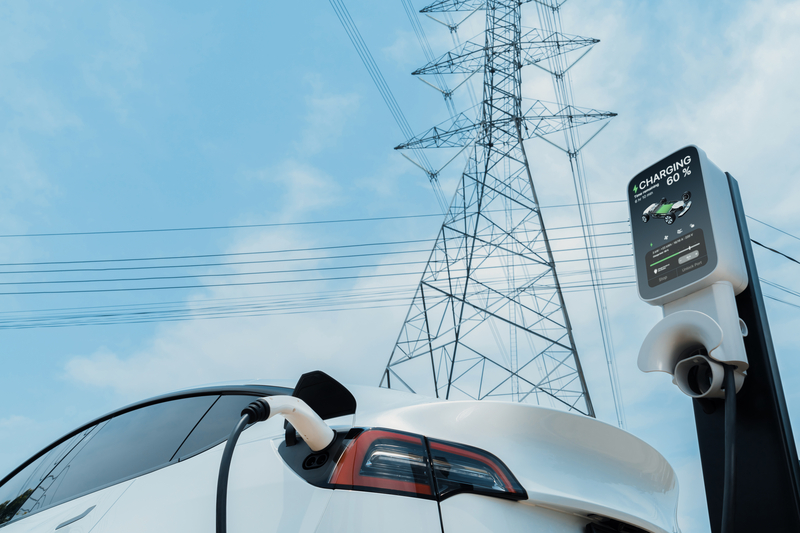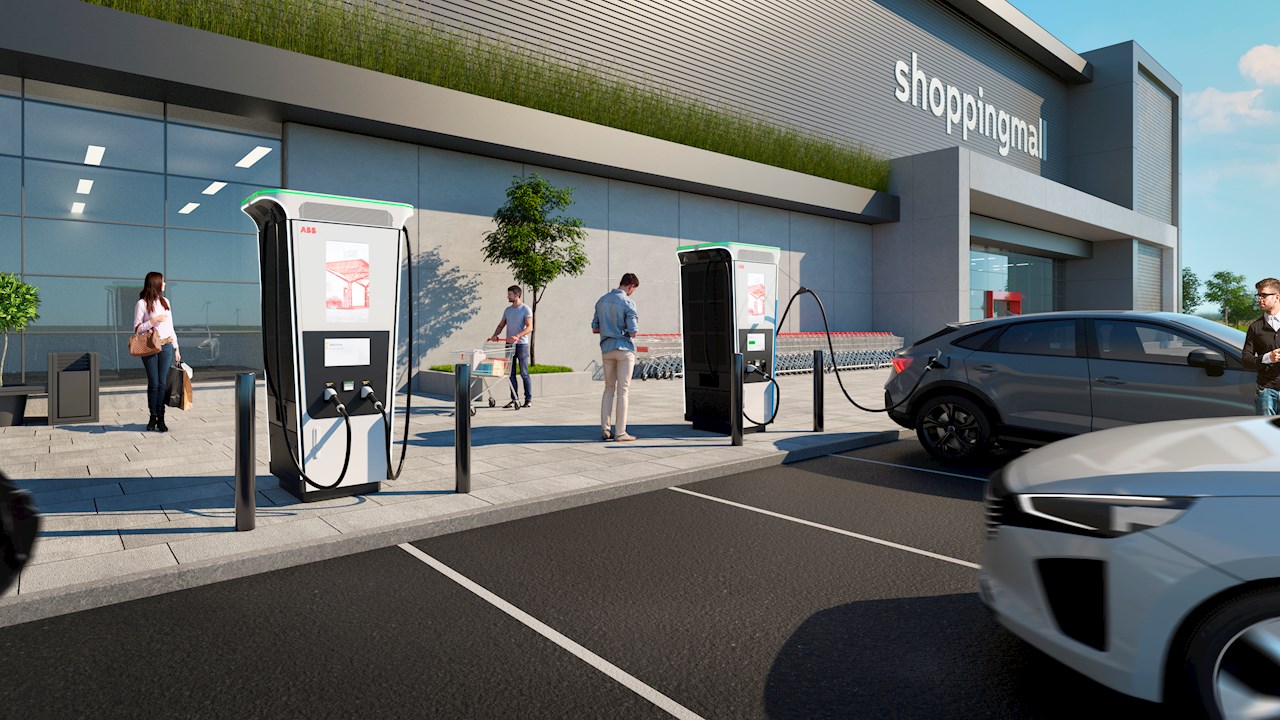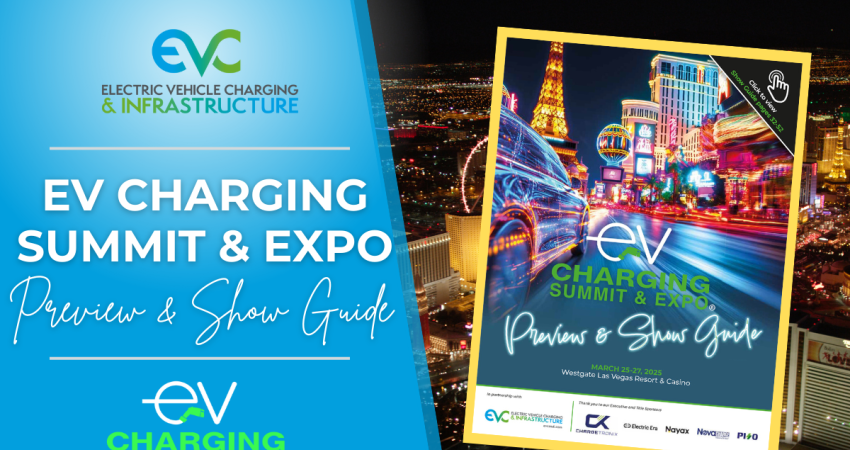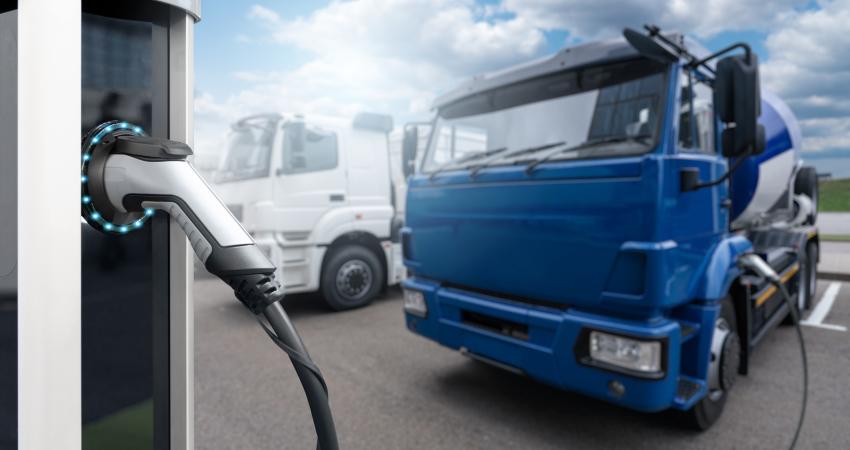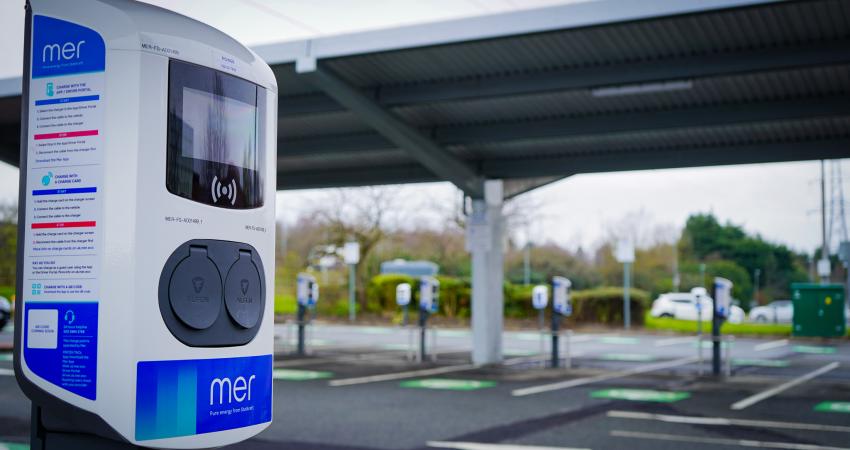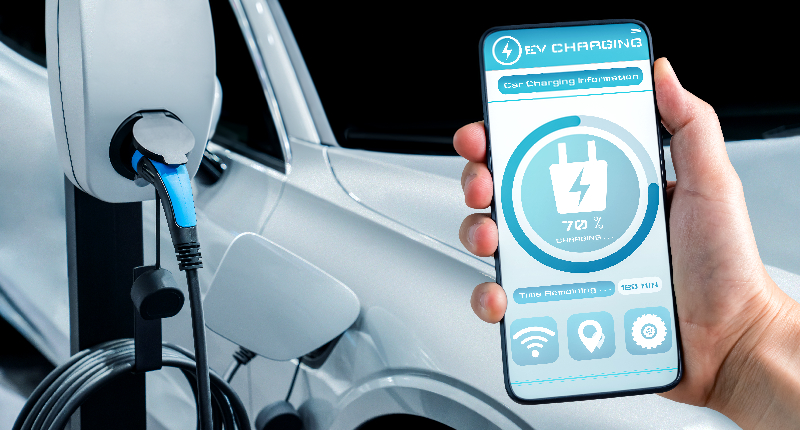
Nearly 90% of EV chargers are private, with most EV owners charging at home. This demonstrates the vital importance of home charging, even as public and workplace infrastructure expands to meet growing demand.
EV charging infrastructure plays a pivotal role in advancing electric mobility. Charge Point Operators (CPOs) and E-Mobility Service Providers (EMSPs) focus on delivering seamless user experiences, smarter energy management, and flexible pricing models that benefit both the grid and consumers.
Without further ado, let’s explore key trends in the EV charging industry.
Dynamic Pricing
Dynamic pricing allows charging tariffs to adjust in real time based on grid demand, capacity, and renewable energy availability. This approach ensures grid efficiency, prevents overload, and encourages eco-friendly charging behaviors through tailored pricing strategies.
Here are a few examples of dynamic pricing:
Real-time pricing: Optimize rates based on grid capacity, demand patterns, and renewable energy availability.
Time-of-use pricing: Adjust tariffs based on peak and off-peak hours to encourage cost-effective charging.
Tiered and volume-based pricing: Offer rates based on usage levels, incentivizing larger consumption or penalizing peak demand.
Smart Charging
Smart EV charging builds on dynamic pricing by integrating advanced load management. This ensures optimal energy usage and lowers costs for EV owners.
EV charging load balancing prevents grid overload and promotes eco-friendly charging sessions. It ensures stable energy distribution and supports both high-demand periods and the integration of renewable energy sources.
V2G technology strengthens smart charging by enabling EVs to store and supply energy, stabilize the grid, and optimize energy use.
Fast-Charging Networks
The focus on fast-charging networks reflects broader EV charging trends, as these networks emerge as essential components of the EV ecosystem.
DC fast chargers significantly reduce charging times, offering convenience and reliability for long-distance travel and urban use.
This trend, furthermore, is driven by the need to support EV drivers who lack access to home charging and to meet the growing expectations of consumers for faster, more efficient charging options.
EV charging companies actively expand fast-charging accessibility by forming strategic alliances to deploy DC fast chargers in urban areas and along highways.
Seamless User Experiences
Seamless user experiences and interoperability are essential for building a connected EV ecosystem. EV drivers want consistent, hassle-free charging experiences across networks.
ISO 15118 (Plug & Charge), allowing vehicles to securely identify themselves and automatically initiate charging. This eliminates the need for apps or RFID cards, creating a truly seamless user experience.
This means, EV drivers can now access any station without juggling apps or contracts and enjoy consistent service and seamless roaming across regions, making long-distance travel more convenient.
Automatic EV recognition is particularly exciting as embedded digital IDs eliminate the need for additional apps or cards, making the charging process effortless for users.
Interoperability and Roaming
Interoperability and roaming connect fragmented charging networks, ensuring compatibility and delivering seamless access for EV drivers. This enables EV drivers to charge effortlessly at any station, enjoying reliable and consistent service across regions.
EV charging standards and protocols enable seamless communication between charging stations, backend systems, and networks. Here are a few examples:
OCPP: Standardizes communication between charging stations and backend systems, ensuring compatibility and flexibility for operators and manufacturers.
OCPI: Ensures consistent billing and roaming communication between systems.
OICP: Facilitates network-to-network interoperability for real-time service availability.
New Business Models
The growing demand for e-mobility builds on seamless user experiences and interoperability, prompting businesses to explore innovative EV charging solutions actively.
Enterprises collaborate with charging providers to integrate EV infrastructure, addressing customer needs while staying competitive in the green energy transition.
Business models such as Charging as a Service (CaaS) offer predictable costs and scalability, while AI-driven pricing enhances revenue potential by encouraging off-peak consumption.
Emerging business models bundle EV charging with home energy solutions, subscription plans, and carbon offset packages.
Advanced EV Charging Platforms
Advanced EV charging platforms help CPOs and EMSPs monetize their EV charging networks, support innovative business models, and improve customer experience.
Users choosing monthly subscriptions or pay-as-you-go plans gain transparency and control over costs and consumption, empowering operators and drivers.


